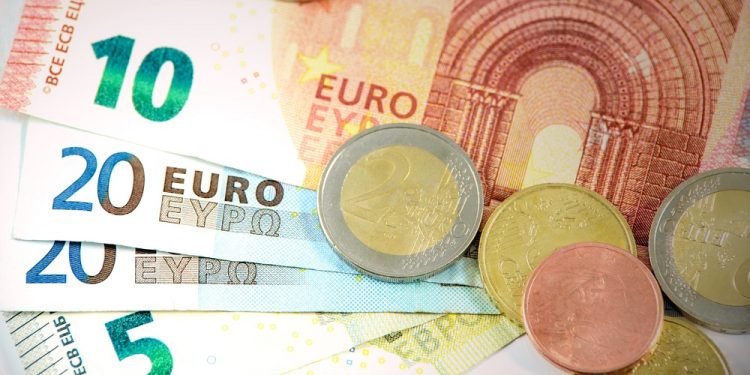
Euro Day
Euro Day is a holiday observed annually on the 1st of January to celebrate the issuance of the monetary unit of the European Union, known simply as the euro. The euro was launched on January 1, 1999 — first as an “invisible” currency (only for electronic payments and accounting purposes) and then as banknotes and coins in 2002.
The creation of the euro made it cheaper, safer, and easier for businesses to buy and sell within the euro’s sphere of influence, as well as to trade with the rest of the world. It is for this reason that it is celebrated every year at the start of the New Year.
The History of Euro Day
Although the euro was not adopted until the 1990s, the idea of a unified European currency goes back to the 1920s and was first discussed officially by the League of Nations in 1929. Unfortunately, the beginning of World War II caused the plan to be scrapped. This subject would not be broached again until the 1960s when talks on the subject resumed.
The European Monetary System was created in 1979, and it fixed the exchange rates into the European Currency Unit (ECU). Eight years later, the European Commission supported a full monetary union with a central bank. This idea was opposed by then-British Prime Minister Margaret Thatcher.
However, the idea moved forward despite British opposition, and in 1992, a single currency for European countries began to move forward. On January 1, 1999, the euro was introduced in digital and bookkeeping form. Three years later, banknotes and coins were issued. Ever since that moment, the 1st of January has been observed as Euro Day.
Observing Euro Day
This holiday can be observed by learning more about the history of the euro and other forms of currency, educating yourself on currency exchange rates, and using the hashtag #EuroDay on social media to spread the word about this day.








